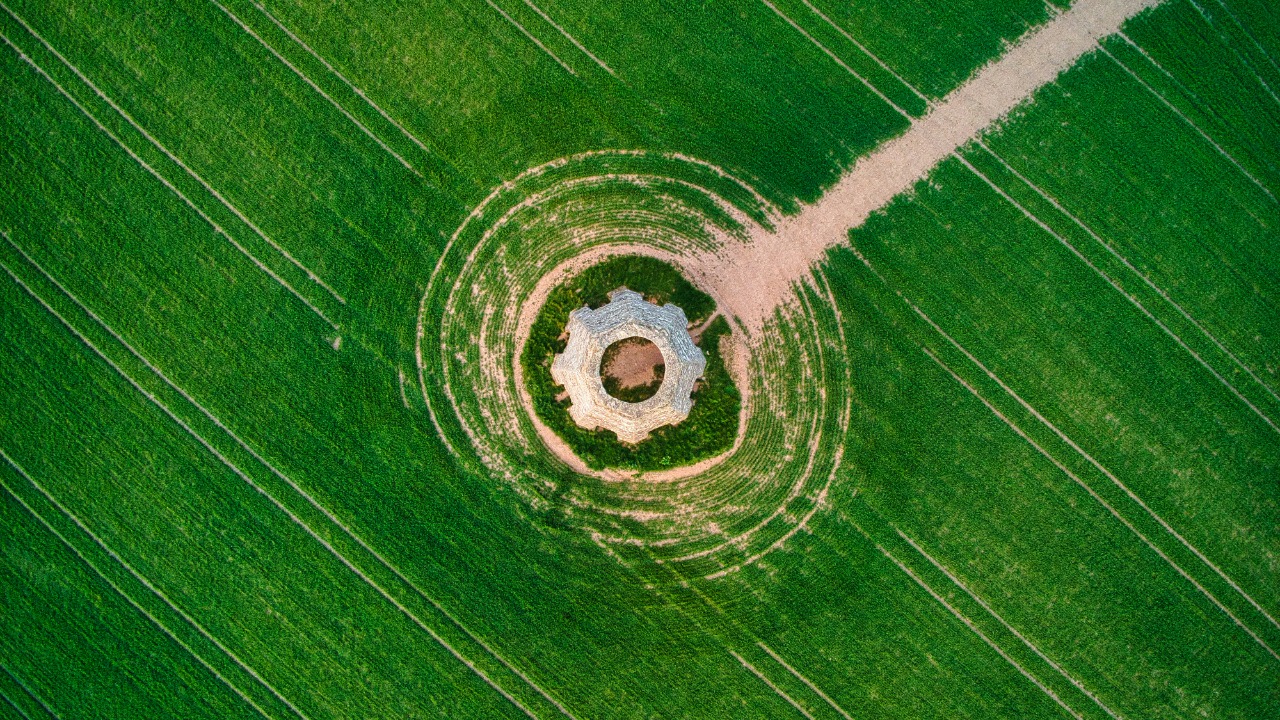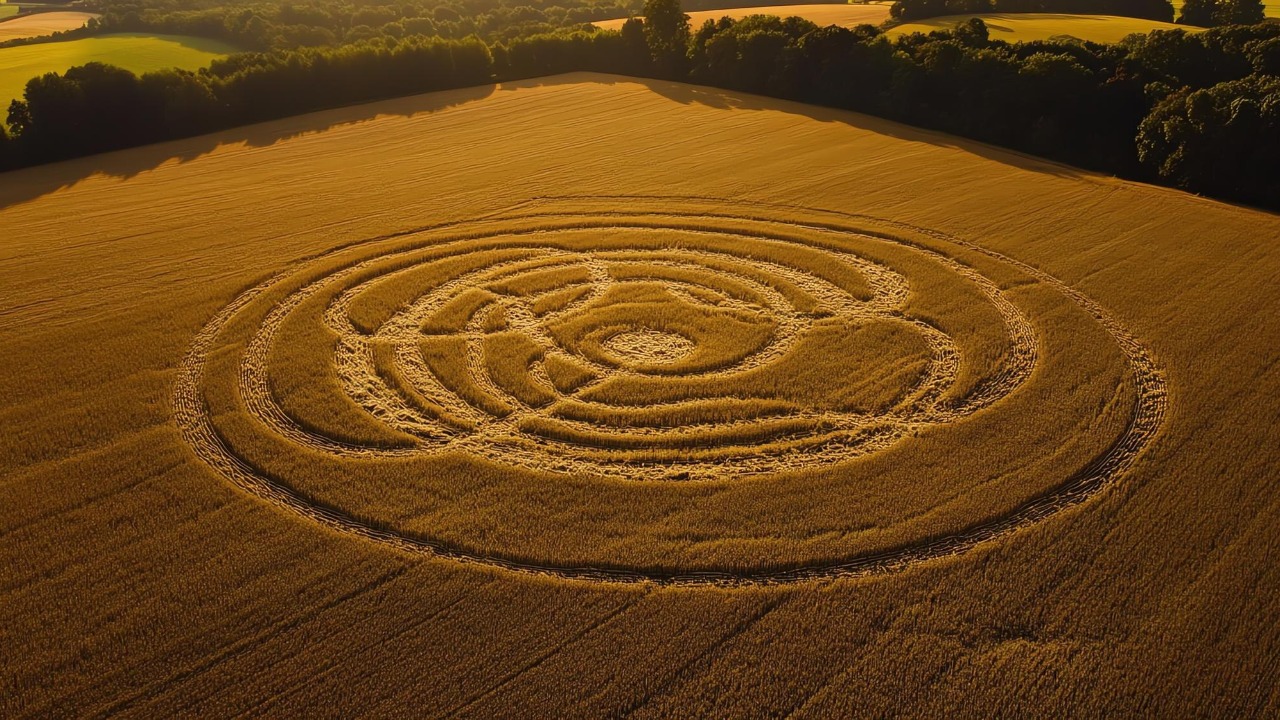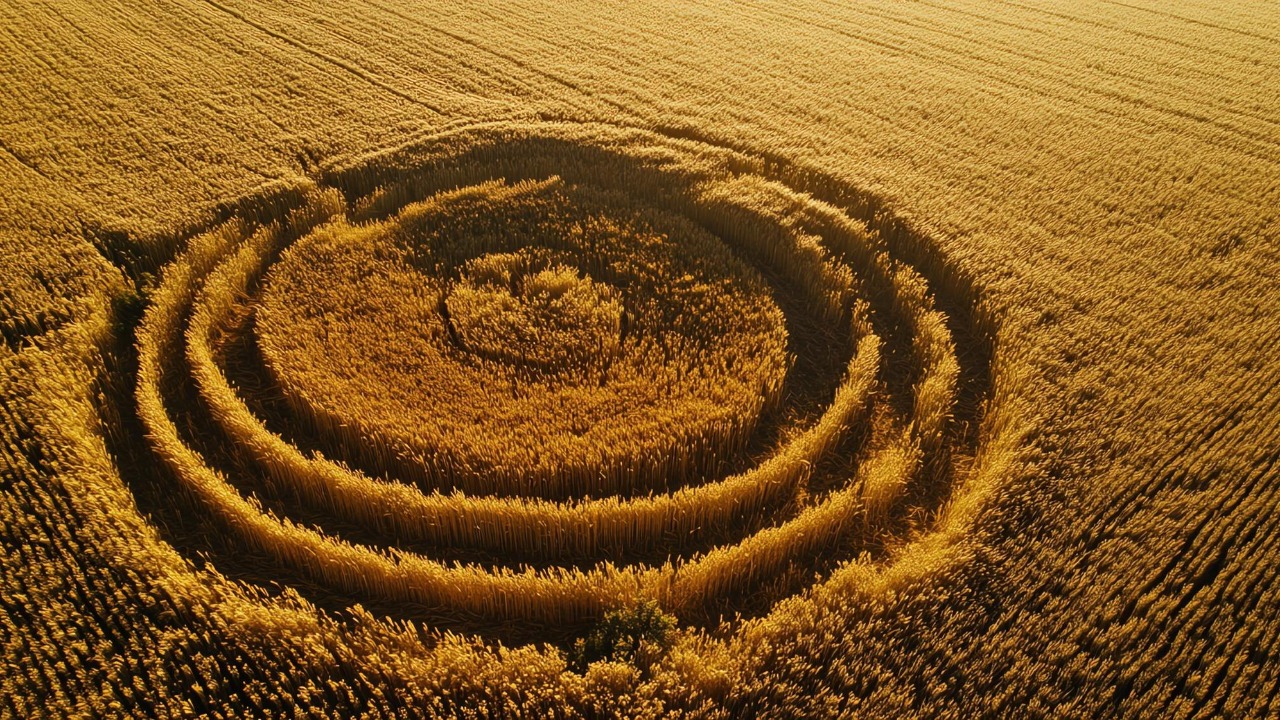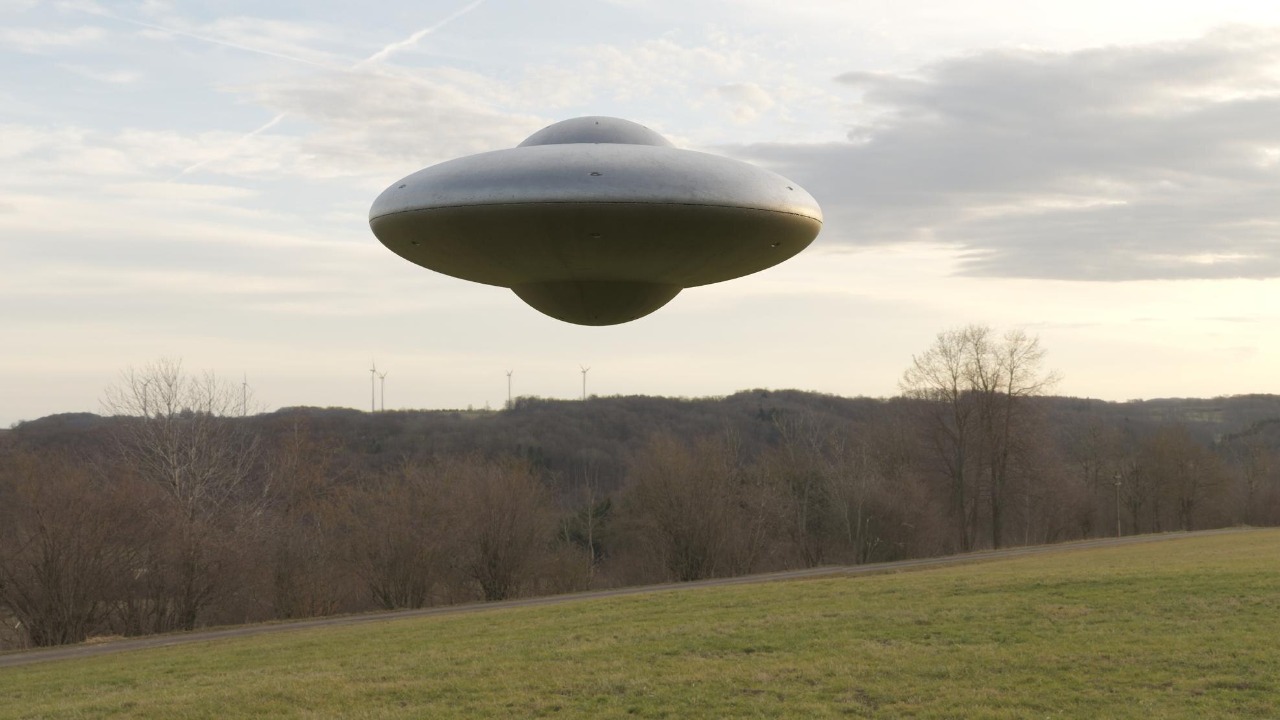
Crop circles have fascinated and perplexed people for decades, sparking debates and theories ranging from natural phenomena to extraterrestrial artistry. As new evidence and theories emerge, the enigma of these intricate designs in fields continues to captivate our imagination and challenge our understanding of the unknown.
The Origins and History of Crop Circles

Crop circles have an intriguing history that dates back centuries. Some historians and researchers have identified references in ancient texts and folklore that suggest the presence of similar patterns in fields long before the modern era. These accounts, although not always detailed, hint at an enduring human curiosity about mysterious formations in crops. In particular, certain medieval woodcuts and manuscripts depict circular formations in fields, which some enthusiasts claim are early depictions of crop circles. These historical documents, while open to interpretation, provide a fascinating backdrop to the modern phenomenon.
The contemporary interest in crop circles began to surge in the late 20th century, particularly during the 1970s and 1980s. This period saw a significant rise in the number of reported crop circle formations, primarily in the United Kingdom. The media played a crucial role in popularizing these phenomena, often portraying them as unsolved mysteries or suggestions of extraterrestrial activity. This media coverage not only heightened public interest but also fueled the imagination of those eager to explore the unexplained. The combination of historical intrigue and modern media sensationalism has cemented crop circles as a captivating element of popular culture.
Scientific Investigations and Theories

Over the years, scientists have attempted to demystify crop circles by proposing natural explanations. Some researchers suggest that natural phenomena, such as wind vortices or unusual weather patterns, might be responsible for creating these intricate designs in crops. Studies have been conducted to explore how specific atmospheric conditions could lead to the flattening of crops in circular patterns. However, while certain crop circles may be attributed to natural causes, these explanations often struggle to account for the complexity and precision observed in many formations.
In addition to natural explanations, human involvement has been a significant focus of investigation. Numerous hoaxes have been uncovered, revealing that many crop circles are indeed the work of human hands. Techniques used by hoaxers range from simple planks and ropes to more elaborate methods involving GPS technology and computer-aided designs. While these hoaxes have often been dismissed by crop circle enthusiasts, they undeniably impact public perception and complicate scientific investigations. The interplay between hoaxes and genuine mysteries continues to be a topic of debate among researchers and the public alike.
Extraterrestrial Hypotheses and Paranormal Theories

One of the most captivating aspects of crop circle lore is the potential connection to extraterrestrial life. UFO sightings and alien connection theories frequently accompany crop circle reports, with many enthusiasts claiming that the intricate designs are a form of communication from otherworldly beings. Testimonials from individuals who have witnessed UFO activity near crop circles add to the allure, although these accounts are often anecdotal and lack empirical evidence. Nonetheless, the association between crop circles and UFOs persists, fueled by the human fascination with the possibility of life beyond Earth.
Beyond extraterrestrial theories, paranormal and mystical interpretations offer another lens through which to view crop circles. Some people believe these formations hold spiritual significance or convey messages from a higher consciousness. This perspective sees crop circles as symbols within a broader tapestry of mystical phenomena, where each design carries unique meanings or energies. The enduring appeal of such interpretations is evident in their role in both modern and historical mythology, where crop circles are often seen as manifestations of a hidden or sacred language.
Recent Developments and Technological Advances

The advent of modern technology has transformed the way crop circles are studied and understood. The use of drones and satellite imagery has revolutionized the documentation of crop circles, allowing researchers to capture detailed aerial views and study patterns that would be impossible to discern from the ground. These technological tools have not only improved data collection but have also facilitated the discovery of previously unnoticed formations. As a result, the study of crop circles has become more precise and comprehensive, providing new insights into their origins and characteristics.
In addition to technological advances in data collection, the application of data analytics and machine learning has opened new avenues for understanding crop circle patterns. Researchers are now able to analyze large datasets to identify trends, correlations, and anomalies in crop circle formations. This analytical approach has led to new findings and theories that challenge long-held assumptions about the phenomenon. As technology continues to evolve, so too does the potential for uncovering the mysteries that crop circles present.
Public Fascination and Cultural Impact

The way crop circles are depicted in media has significantly shaped public perception. From documentaries to feature films, crop circles are often portrayed as enigmatic and otherworldly, capturing the imagination of audiences worldwide. While some media portrayals emphasize scientific skepticism, others embrace the mystery, contributing to a complex tapestry of narratives that influence how people perceive crop circles. This interplay between sensationalism and skepticism underscores the broader cultural impact of crop circles as a subject of enduring intrigue.
Beyond media portrayals, crop circles have become a source of inspiration for artists and designers. Their intricate patterns and geometric precision have found their way into various forms of art, from paintings and sculptures to fashion and digital design. The cultural significance of crop circles extends beyond aesthetics, influencing local economies and tourism as people flock to sites where these formations appear. In this way, crop circles have become intertwined with cultural identity, representing a unique intersection of mystery, art, and human curiosity.